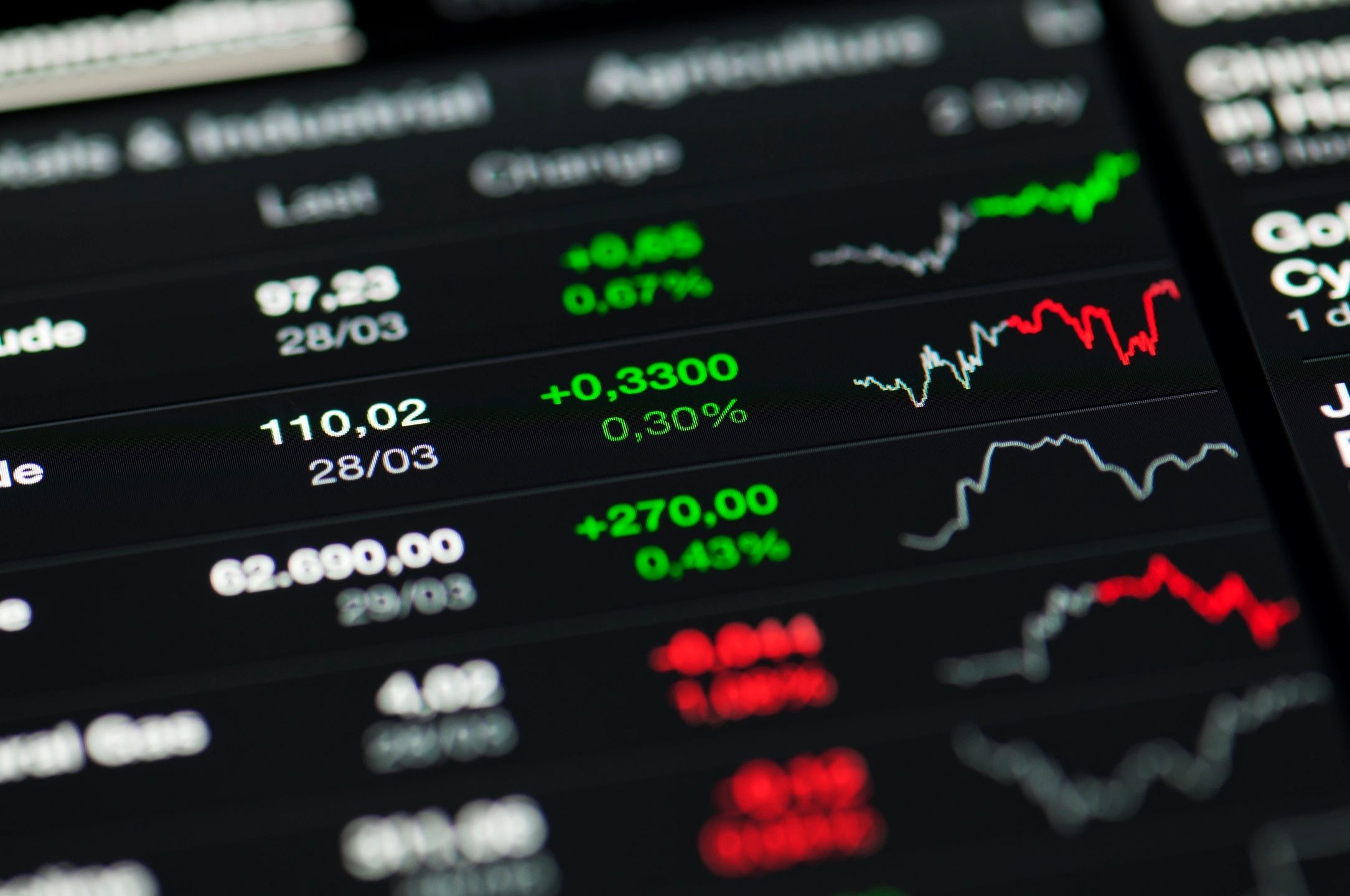The S&P 500 remains roughly 3% below the S&P 500 February peak, a level it last reached in mid-February. Despite strong corporate earnings and easing inflationary pressures, the index has yet to reclaim its previous high. This has raised questions about what’s holding back the rally and whether a new leg higher is likely in the near term.
Macroeconomic Factors Keeping the S&P 500 Below Its February Peak
While inflation has shown signs of cooling, economic data has been sending mixed signals. Consumer spending remains robust, and the labour market is still tight — both of which complicate the Federal Reserve’s path forward. Investors hoping for rate cuts are now facing the possibility of a longer wait. Until there’s more clarity on interest rate direction, equities could struggle to find upward momentum.
In addition, geopolitical tensions and uncertainty around the upcoming U.S. election cycle are weighing on sentiment. Markets tend to prefer stability, and without a clear economic or political catalyst, enthusiasm for pushing the S&P 500 past its recent high has faded.
Why Rising Yields Are Delaying the S&P 500 February Peak Recovery
One of the biggest factors capping gains has been the rise in Treasury yields. Higher yields reduce the appeal of equities, particularly growth stocks, which rely heavily on future earnings projections. As the yield on the 10-year Treasury note climbs, valuations in the tech sector — which had driven much of the rally earlier this year — come under pressure.
Even dominant players like Apple, Nvidia, and Microsoft have seen their momentum stall in recent weeks. Without their leadership, the index struggles to gain traction. Some traders worry that the market is overly reliant on a handful of names, and until broader sector participation improves, progress beyond the S&P 500 February peak may remain elusive.
Technical Resistance at February Highs
From a technical analysis perspective, the February peak is acting as strong resistance. Each time the index approaches that level, sellers emerge and take profits. This is often interpreted as a lack of conviction among buyers, especially in the absence of fresh catalysts.
Volume has also declined during recent rallies, suggesting a weakening of bullish momentum. Some analysts believe that a confirmed breakout above the February peak would require strong breadth across multiple sectors — not just support from megacap tech.
What Could Trigger a Breakout?
Several potential triggers could help the S&P 500 overcome this resistance. First, a clear signal from the Federal Reserve that rate cuts are imminent would likely inject optimism into markets. Second, strong earnings growth from non-tech sectors such as financials, energy, or consumer goods could encourage broader market participation.
In addition, signs of improving global growth or a resolution to ongoing geopolitical tensions might reduce risk aversion among investors. Ultimately, the path forward will depend on whether these catalysts materialise — and whether they’re strong enough to shift sentiment meaningfully.
Final Thoughts
The S&P 500 February peak represents more than just a number — it’s become a psychological and technical barrier for investors. Until the macroeconomic backdrop improves or sector participation broadens, the index may continue to trade sideways. That said, underlying fundamentals remain relatively strong, and should conditions shift in favour of risk assets, a breakout could still be on the cards.
